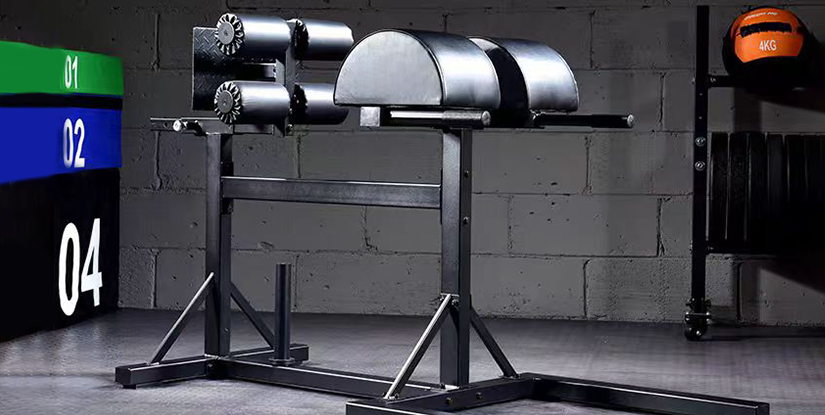Lat Pulldown Cable: Technique, Variations & Programming for Back Development

Lat Pulldown Cable: Technical Guide and Practical Application
The lat pulldown cable is a foundational piece of strength equipment for developing back width, improving posture, and reinforcing pulling mechanics. When executed correctly, it targets the latissimus dorsi while recruiting the teres major, rhomboids, posterior deltoids, and biceps. This guide covers equipment specifics, setup, technique, variations, programming, common errors, and maintenance to optimize training outcomes and longevity of the machine.
Equipment Overview
Lat pulldown machines consist of a high-mounted pulley, cable, weight stack (or plate-loaded resistance), and a variety of attachments: straight bars, wide bars, v-handles, and rope ends. Modern gyms may use low-stretch steel cable with nylon coating or high-durability coated cable; both provide reliable load transmission. Choice of attachment alters grip width and muscle emphasis.
Proper Setup
- Seat height: Adjust so knees are secured under the pads and feet are flat on the floor.
- Grip choice: Wide pronated grip emphasizes lats; narrow or supinated grips increase biceps and lower lat involvement.
- Starting posture: Tall spine, retracted scapulae, neutral neck. Eyes forward, chest slightly lifted.
- Range of motion: Pull the bar to the upper chest while avoiding excessive backward lean. Controlled return to full arm extension without losing scapular control.
Execution and Coaching Cues
- Initiate with scapular depression and retraction—think of pulling the shoulder blades down and together before elbow flexion.
- Lead with the elbows rather than the hands to maximize lat engagement.
- Maintain a stable torso; allow a small, controlled lean if needed for stronger contraction, but avoid momentum-driven swings.
- Control the eccentric phase to preserve muscle tension and reduce injury risk—aim for a 2–3 second lowering tempo.
- Breathing: Exhale during the concentric pull; inhale during the controlled return.
Key Variations and Their Uses
- Wide pronated pulldown: Emphasizes upper lats and outer back width—use for aesthetic width development.
- Close neutral-grip pulldown (V-bar): Enhances lower lat activation and mid-back thickness; useful for strength transfer to rows.
- Underhand (supinated) pulldown: Increases biceps involvement and allows a fuller range to the lower chest—use sparingly if elbow health is good.
- Single-arm pulldown: Corrects unilateral imbalances and improves core stability due to anti-rotation demand.
- Rope pulldown to chest: Allows scapular retraction and a stronger contraction; suitable for finisher sets and hypertrophy work.
Programming Recommendations
Selection depends on goals:
- Strength: 3–5 sets of 4–6 reps with heavier resistance, focusing on controlled tempo and full contractions.
- Hypertrophy: 3–5 sets of 8–12 reps with moderate load, shorter rest (60–90s), and emphasis on time under tension.
- Endurance/technique: 2–3 sets of 12–20 reps at lighter loads to refine movement patterns and scapular control.
Integrate lat pulldowns into upper-body or pull-focused sessions. Pair with horizontal rows, face pulls, and posterior chain work to build balanced back development.
Common Mistakes and How to Fix Them
- Excessive torso lean: Reduce weight and focus on initiating movement from the scapula; perform lat activation drills if necessary.
- Using momentum: Slow the eccentric and pause briefly at full contraction to discourage kipping.
- Incomplete range: Ensure full arm extension at the top while maintaining scapular tension rather than allowing shoulders to shrug.
- Overgripping the bar: Relax the forearms slightly to shift emphasis to the back muscles; consider using lifting straps for heavier sets.
Maintenance and Safety
- Inspect cable and attachment points regularly for fraying or wear; replace worn cables immediately.
- Lubricate guide rods and clean weight stack pins to maintain smooth operation.
- Adjust seat and pads before loading to prevent improper posture under resistance.
- Use controlled loading/unloading procedures to avoid abrupt impacts on the machine and reduce injury risk.
Integration into a Training Plan
For a balanced program, schedule 1–3 lat pulldown variations per week, alternating grip styles and rep ranges. Monitor recovery and avoid redundancy with heavy barbell rows on the same day if volume is already high. Track progress with load increases, improved range of motion, or increased time under tension.
FAQs
- Q: Is the lat pulldown better than pull-ups? A: Pulldowns allow load control and progressive overload; pull-ups offer more functional transfer. Use both if possible.
- Q: Can I train lats without a machine? A: Yes—pull-ups, inverted rows, and resistance bands provide alternatives.
- Q: How often should I do lat pulldowns? A: 1–3 times weekly depending on overall volume and recovery.
- Q: Should I use straps? A: Use straps for maximal strength sets to protect grip, but train grip separately for balance.
- Q: How do I target lower lats? A: Use close grips and focus on pulling the elbows down and back through full range.
- Q: Are supersets effective? A: Supersets with rows or face pulls can enhance hypertrophy and time efficiency.
- Q: What tempo is best? A: A 1–2s concentric and 2–3s eccentric tempo promotes tension and control for most goals.
- Q: Can lat pulldowns cause shoulder pain? A: Pain often stems from poor posture or excessive weight; reduce load and refine technique or consult a professional.
- Q: When to progress weight? A: Increase load when you can complete target reps with solid technique for two consecutive sessions.

